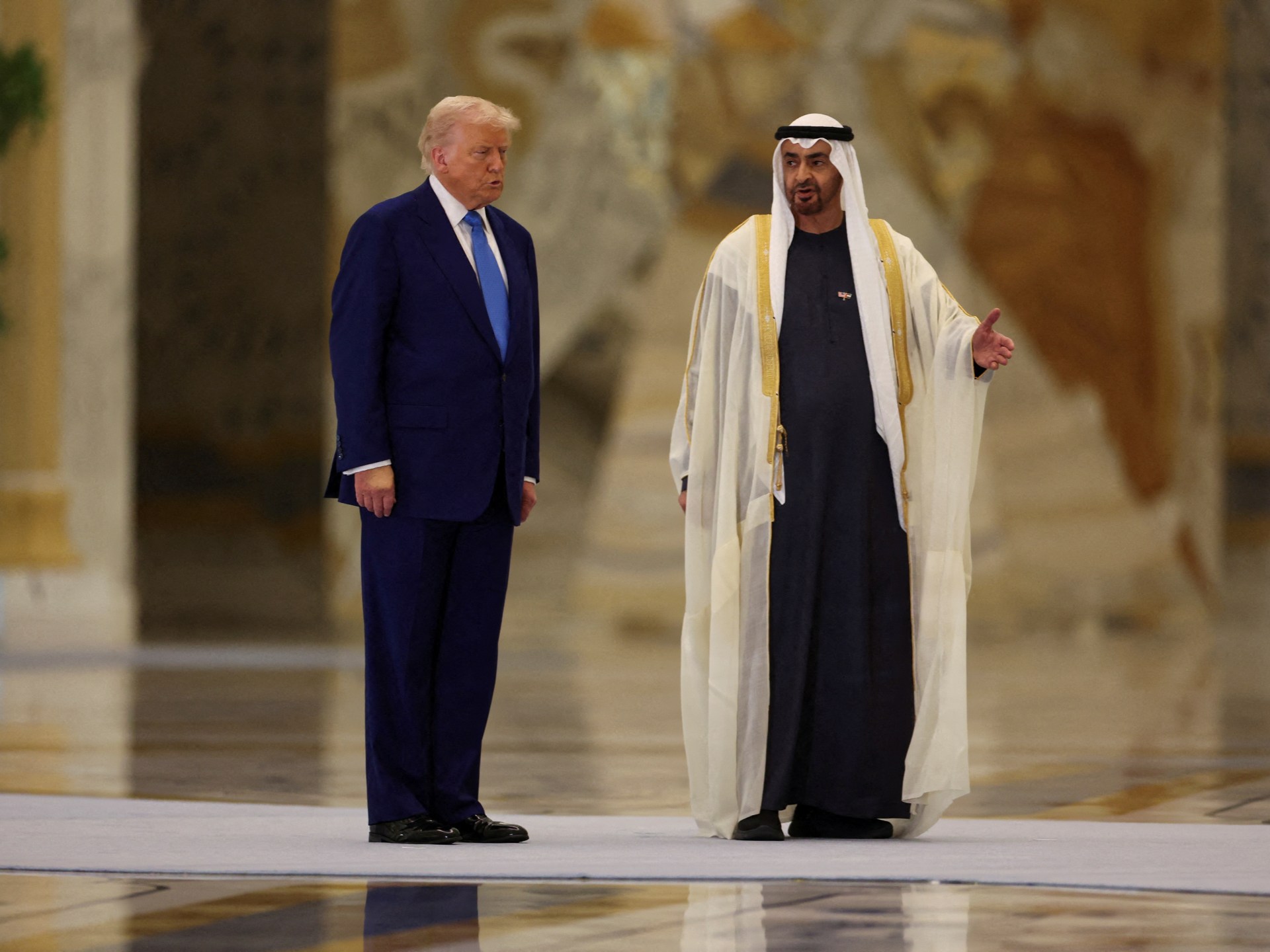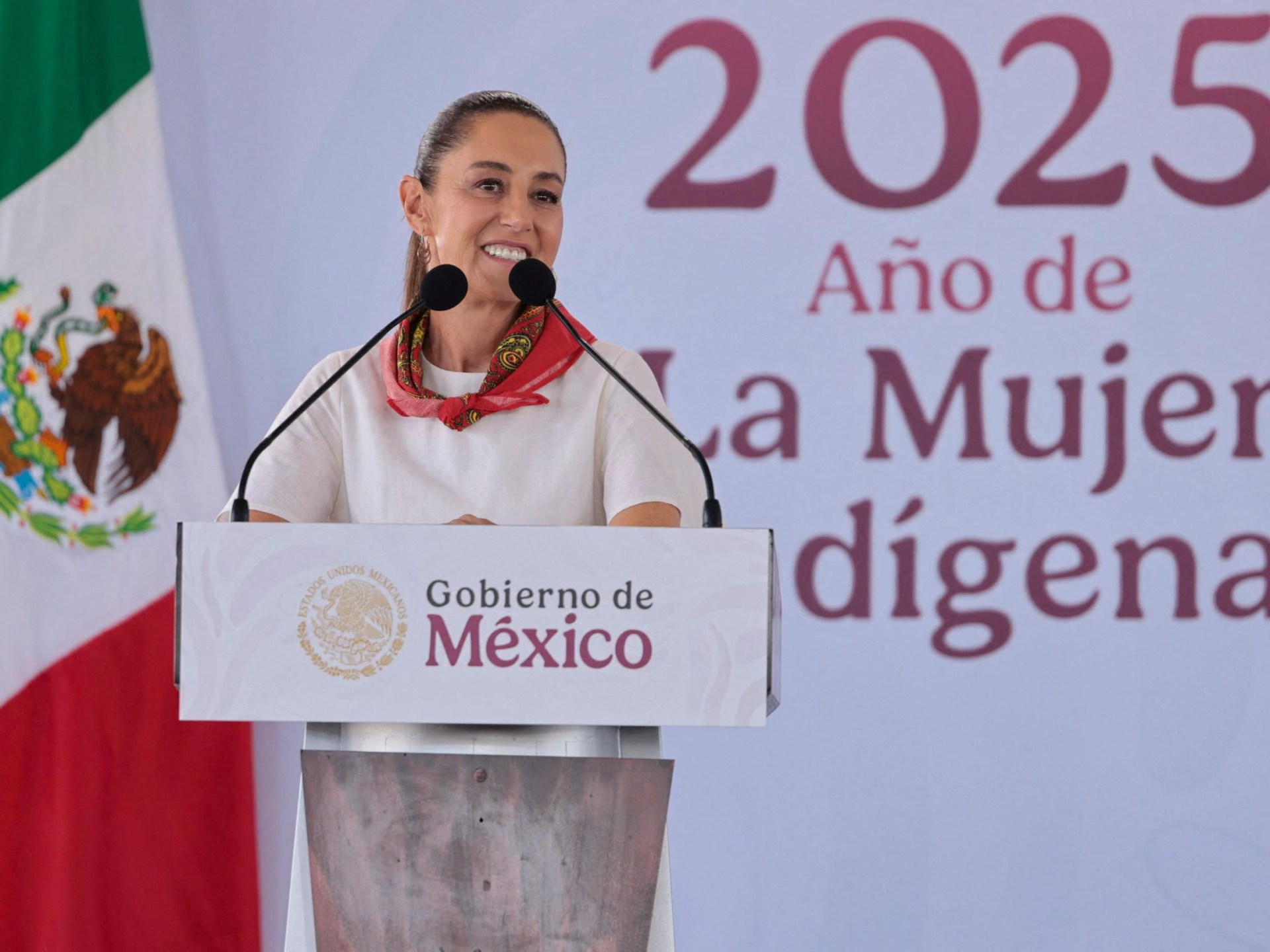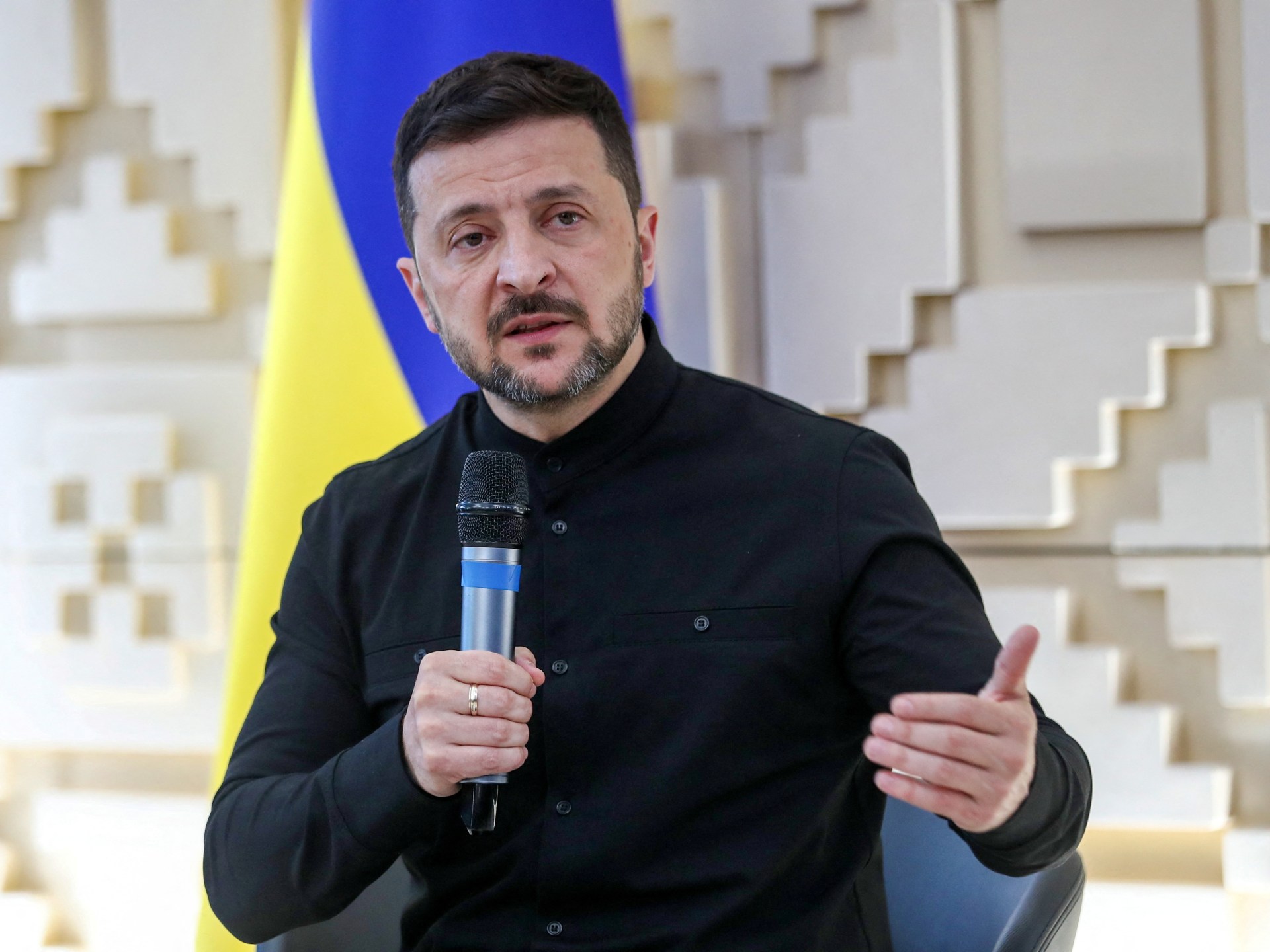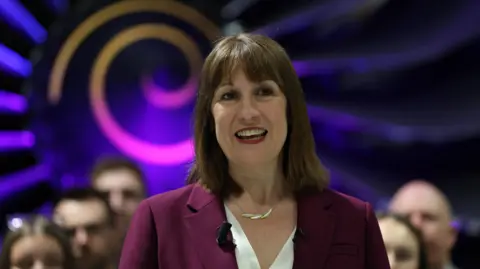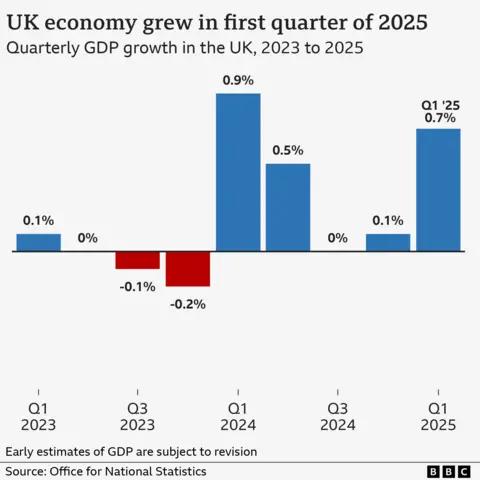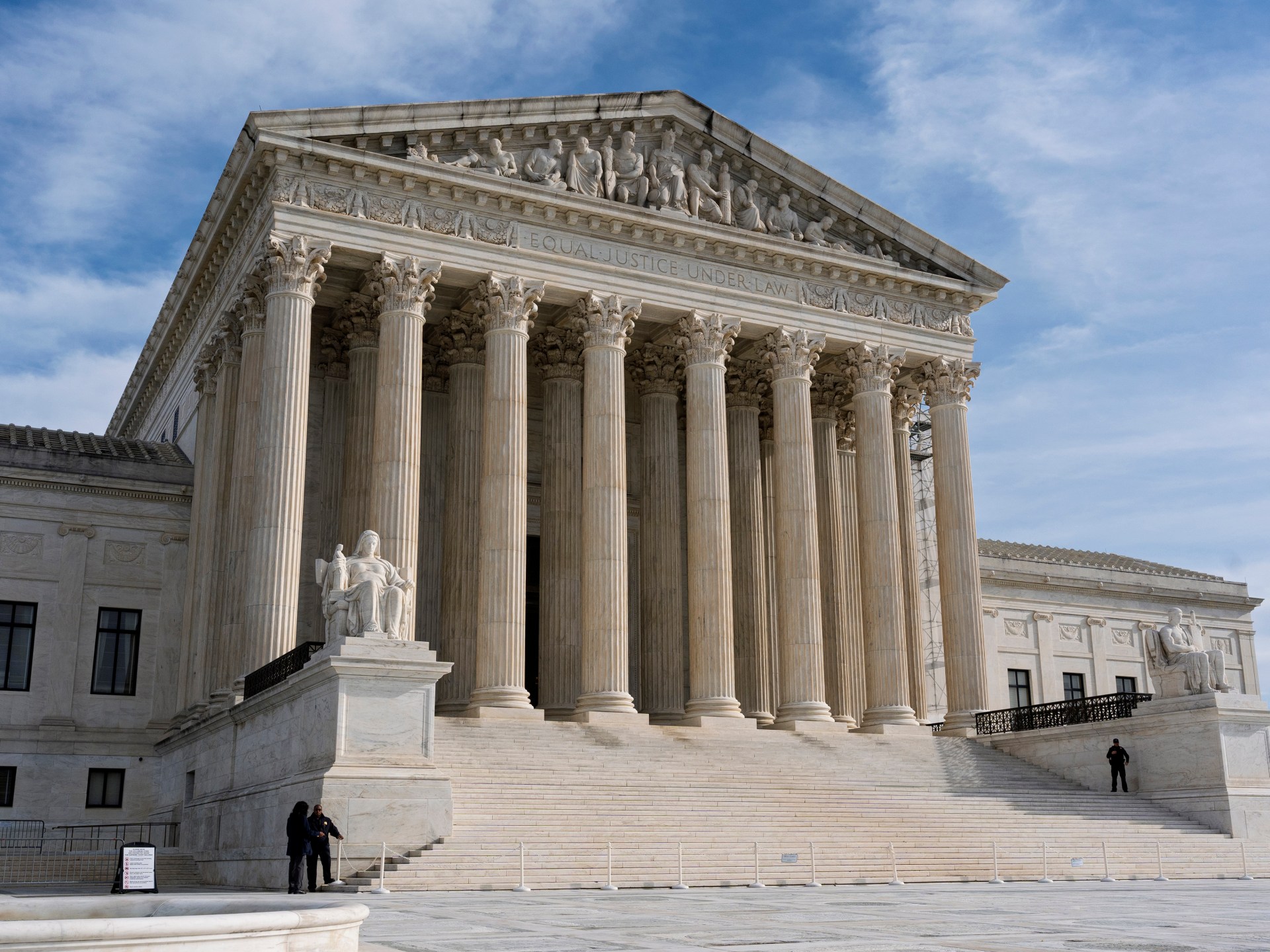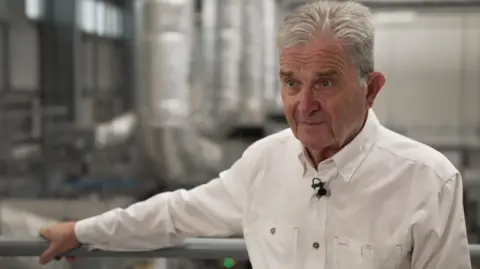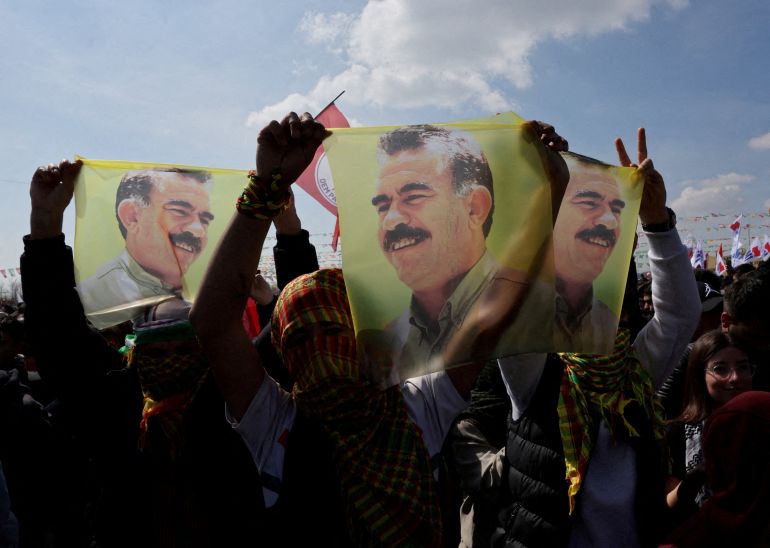US says Trump and Putin needed for breakthrough in Ukraine talks
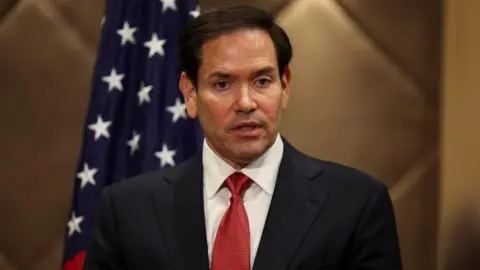 Reuters
ReutersTop US diplomat Marco Rubio says he does not have high expectations for Ukraine-Russia peace talks due to be held in Turkey – and that Donald Trump and Russian President Vladimir Putin need to meet for progress to be made.
“I don’t think we’re going to have a breakthrough here until President Trump and President Putin interact directly on this topic,” he said after a meeting of Nato foreign ministers in southern Turkey.
Volodymyr Zelensky confirmed Ukraine would send a delegation for the talks in Istanbul, but criticised the “low-level” delegation being sent by Moscow.
Its head, presidential aide Vladimir Medinsky, insisted the Kremlin team had “all the necessary competencies”.
Earlier in the day, Trump – who is visiting the Middle East – also suggested that significant progress in peace talks was unlikely until he and Putin met in person.
Asked by the BBC on board Air Force One if he was disappointed by the level of the Russian delegation, he said: “Look, nothing’s going to happen until Putin and I get together”.
“He wasn’t going if I wasn’t there and I don’t believe anything’s going to happen, whether you like it or not, until he and I get together,” he added. “But we’re going to have to get it solved because too many people are dying.”
Trump said he would attend talks in Turkey on Friday if it was “appropriate” but later said he would probably return to Washington.
Delegations from Turkey, the US, Ukraine and Russia had been due to meet in Istanbul on Thursday for the first face-to-face Ukraine-Russia talks since 2022. As of Thursday evening, no time for them to take place had been set. Some reports suggest they may now happen on Friday.
Vladimir Putin proposed direct talks on 15 May in Istanbul in response to a call by European leaders and Ukraine for a 30-day unconditional ceasefire.
Zelensky then challenged Putin to meet him in person, but on Thursday the Kremlin said that the Russian president was not among officials due to travel.
Following a bilateral meeting with Erdogan in Ankara, Zelensky accused Moscow of “disrespect” towards Trump and Erdogan because of the Russian delegation’s lack of seniority and reiterated his challenge to the Russian leader to meet him personally.
“No time of the meeting, no agenda, no high-level of delegation – this is personal disrespect to Erdogan, to Trump,” he said.
Meanwhile, Medinsky told reporters in Istanbul that Russia saw the talks as a “continuation” of failed negotiations in 2022 that took place shortly after Russia launched its full-scale invasion of its neighbour.
“The task of direct negotiations with the Ukrainian side is to sooner or later reach the establishment of long-term peace by eliminating the basic root causes of the conflict,” Medinsky said.
The Ukrainian delegation will be headed by its Defence Minister Rustem Umerov, according to a decree from Zelensky issued on Thursday. It will also include its deputy heads of intelligence, military general staff and foreign ministry.
Medinsky, who led previous rounds of failed negotiations with Ukraine in 2022, will lead the Russian delegation, a statement from the Kremlin said. Russia’s deputy defence minister, deputy foreign minister and military intelligence head will also be there.
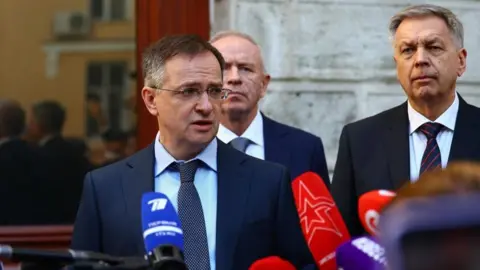 EPA
EPAThe Istanbul talks mark the first direct negotiations between Russia and Ukraine since the unsuccessful effort in 2022.
Russia has indicated it wants to pick up where they left off.
The terms under discussion included demands for Ukraine to become a neutral country, cut the size of its military and abandon Nato membership ambitions – conditions that Ukraine has repeatedly rejected as tantamount to capitulation.
Fighting in Ukraine rages on, with Russia saying its forces had captured two more villages in the eastern Dontesk region on Thursday.
Moscow now controls approximately 20% of Ukraine’s territory, including the southern Crimea peninsula it illegally annexed in 2014.
UK Defence Minister John Healey called on Ukraine’s allies to “put pressure on Putin”. Speaking after a meeting with German counterpart Boris Pistorius in Berlin on Thursday, Healey urged further sanctions on Russia “to bring him to the negotiating table”.




